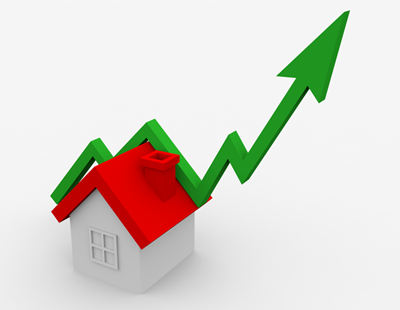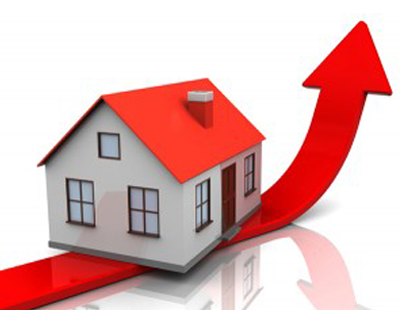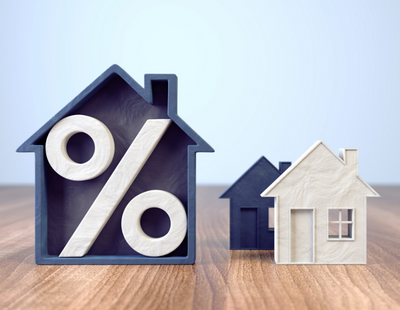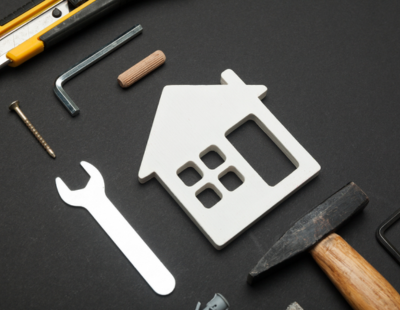
The Halifax is suggesting that while capital values are still high - in fact running at a record - growth is diminishing and will be hit later this year by the cost of living crisis.
House price growth has already slowed significantly to just 0.3 per cent in January – the lowest rise since last summer – while the annual rate of growth remains steady at 9.7 per cent.
This means the average home has appreciated some £24,500 over the last year, and £37,500 over the past two years.
Wales was easily the strongest performing nation, with annual house price inflation of 13.9 per cent while in England the North West was again the strongest performing region, up 12 per cent annually.
London remains the weakest performing area but annual house price inflation has risen for three months on the trot.
"Following the peak activity of 2021, transaction volumes are returning to more normal levels. Affordability remains at historically low levels as house price rises continue to outstrip earnings growth. Despite record levels of first-time buyers stepping onto the ladder last year, younger generations still face significant barriers to home ownership as deposit requirements remain challenging” explains Russell Galley, managing director at Halifax.
"This situation is expected to become more acute in the short-term as household budgets face even greater pressure from an increase in the cost of living, and rises in interest rates begin to feed through to mortgage rates. While the limited supply of new housing stock to the market will continue to provide some support to house prices, it remains likely that the rate of house price growth will slow considerably over the next year” he adds.
PropTech entrepreneur and market analyst Anthony Codling says: “Deposits will be key to the level of house price inflation this year. Those with a big deposit will be able to rise above the living and mortgage cost rises, those without will not and unfortunately, the deposit poor will also find it harder to save as living costs rise.”
Want to comment on this story? Our focus is on providing a platform for you to share your insights and views and we welcome contributions.
If any post is considered to victimise, harass, degrade or intimidate an individual or group of individuals, then the post may be deleted and the individual immediately banned from posting in future.
Please help us by reporting comments you consider to be unduly offensive so we can review and take action if necessary. Thank you.


















.png)






Join the conversation
Jump to latest comment and add your reply
Have they increased at all, is the real value of the pound gone down that much or the price of the brick gone up.
I know of a house sold in the late 60's for £5000, which would have bought 40,000 pints of beer at 2/6 per pint.
The same house has since had central heating, double glazing and a new roof and is now worth about £220K, or 40,000 pints.
Where's the capital gain?
But there will be CGT to pay on the none gain
Yes - well over 10,000 pints worth!
40,000 pints of beer at 2/6 per pint.
i wish i had a time machine
Maybe you have but just don't remember after having all those cheap pints?
I used to get a pint of Tetley Walker for 2s-2d in The Railway Pub Boston, Lincs, or the Great Nothern more expensive but I could have a gallon every night for a pound. I’d probably have to pay c/gains on it now.
Yes we drank pints when they were cheap but the quality was much better out of timber barrels, not out of aluminium kegs and loads of chemicals added, its now akin to poison at £4.50 a pint.
Please login to comment